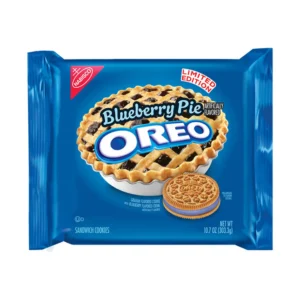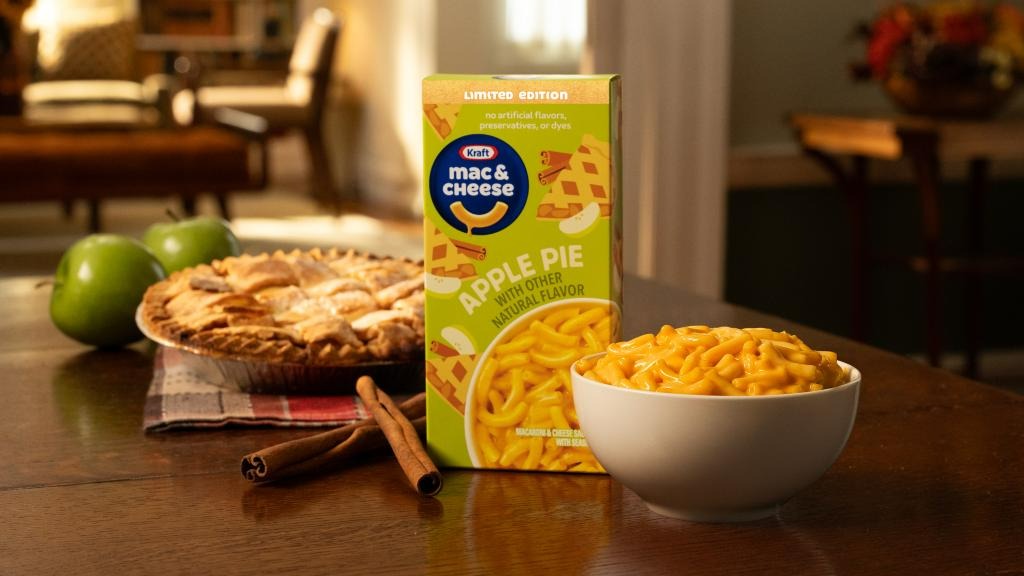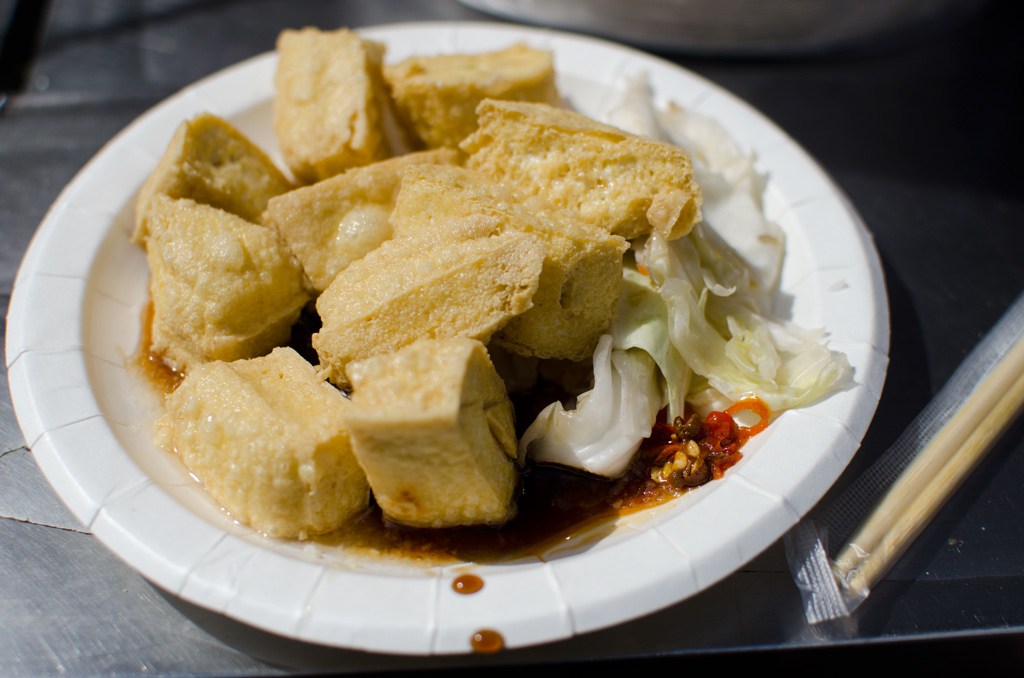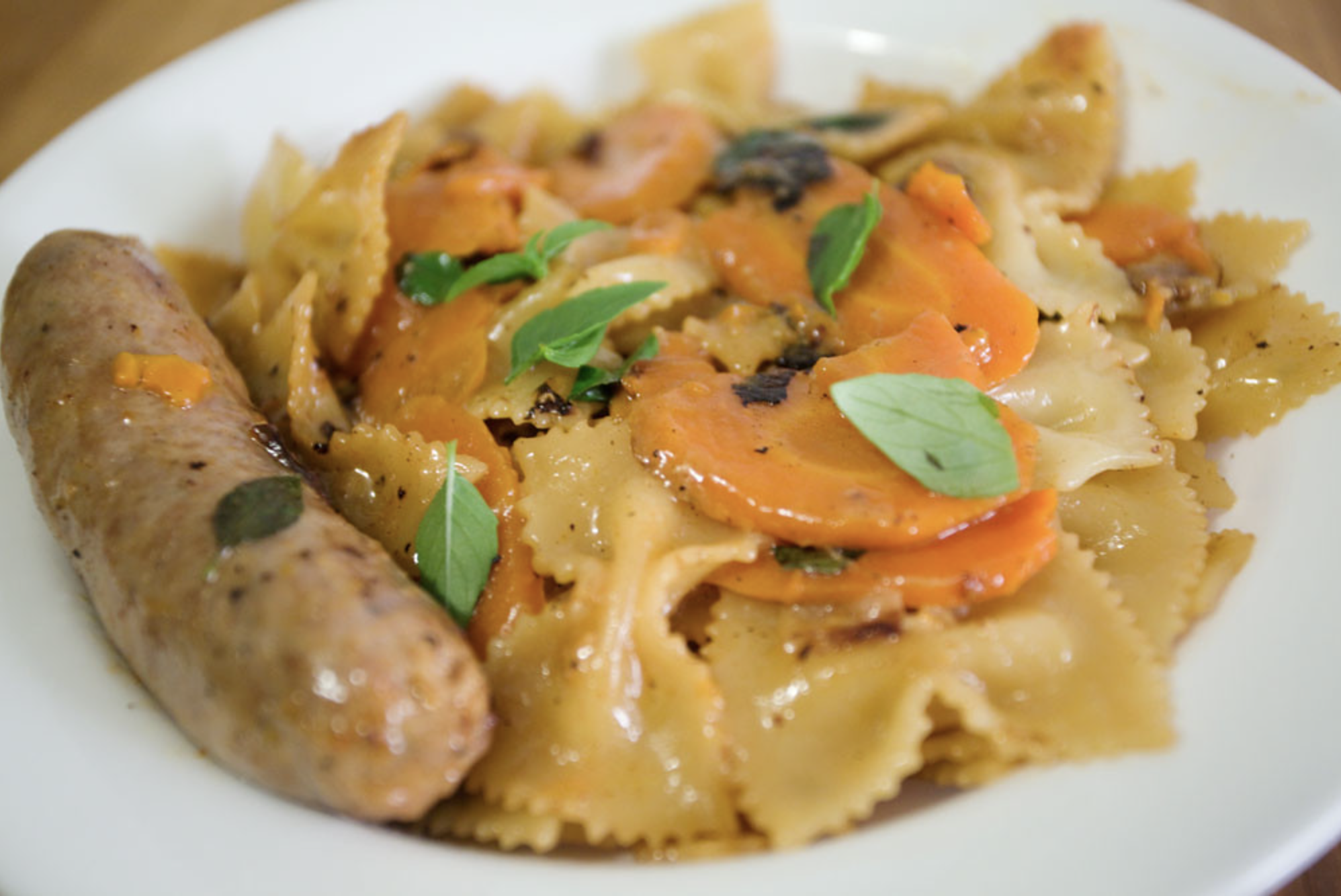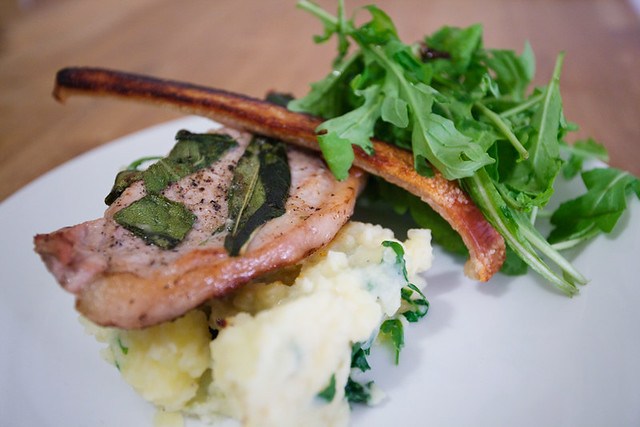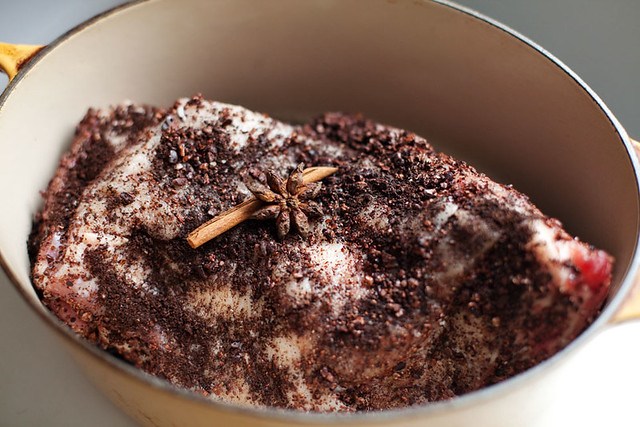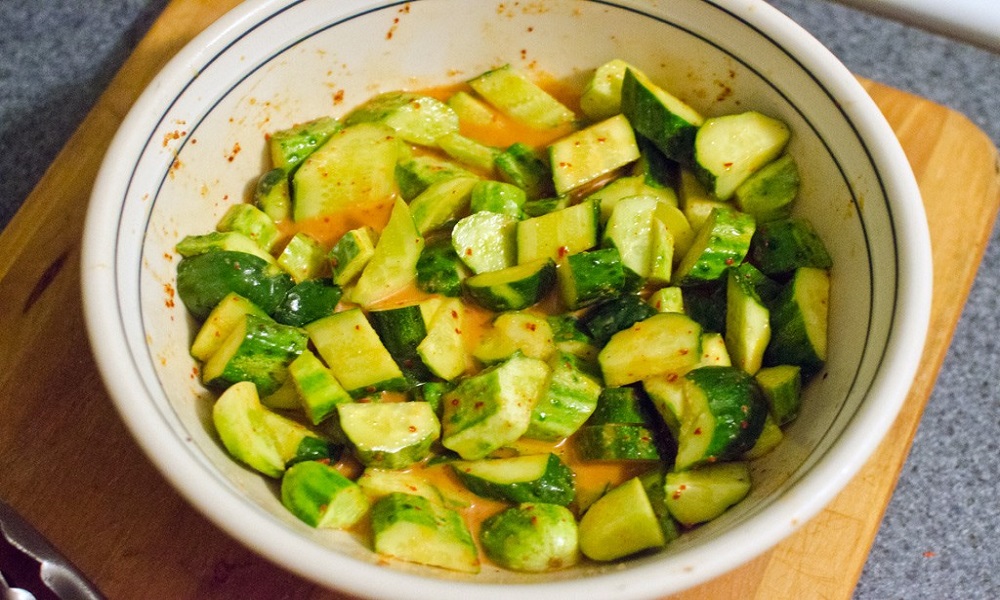Vintage cookbook pages whisper secrets like love letters tucked away in kitchen drawers. You’ll discover stories woven between stained recipe cards and handwritten notes in margins—tales of resourcefulness born from necessity, celebration crafted from scraps, and the beautiful alchemy of making-do. Each forgotten dish reveals more about our collective past than any history textbook ever could, capturing moments when Americans transformed humble pantry staples into something that brought genuine joy to dinner tables across the nation.
13. Spaghetti Spoon Pie
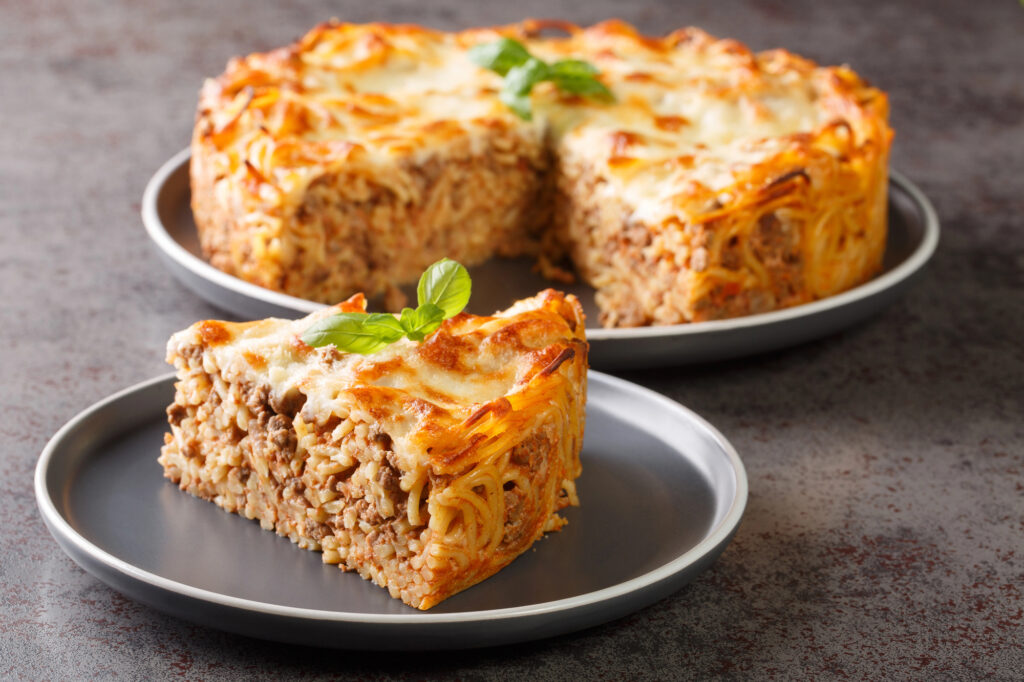
Leftover pasta gained a second life through this clever creation that transformed yesterday’s dinner into today’s entirely new meal. Cooked spaghetti mixed with beaten eggs and grated cheese, pressed into pie pans and baked until edges crisped and interior set into sliceable portions.
Born from thrift rather than trend, this dish provided warm, filling ways to avoid waste. Some versions added sauce layers or additional toppings, yet the basic formula remained unchanged, proving that resourcefulness often produces the most satisfying results.
12. Cottage Cheese with Pineapple Rings

Dieting culture of the 1960s and 70s embraced this simple combination as the perfect snapshot of an era when “reducing” meant eating foods that looked virtuous while promising slimness. A neat scoop of cottage cheese nestled into lettuce leaves, topped with perfect canned pineapple rings and often crowned with maraschino cherries.
Women’s magazines, diet cookbooks, and lunch counter menus celebrated this dish as virtuous eating incarnate. Cool, creamy cottage cheese paired with sweet, tangy pineapple created a surprisingly satisfying contrast that kept dieters returning for more.
11. Baked Apples with Brown Sugar and Margarine
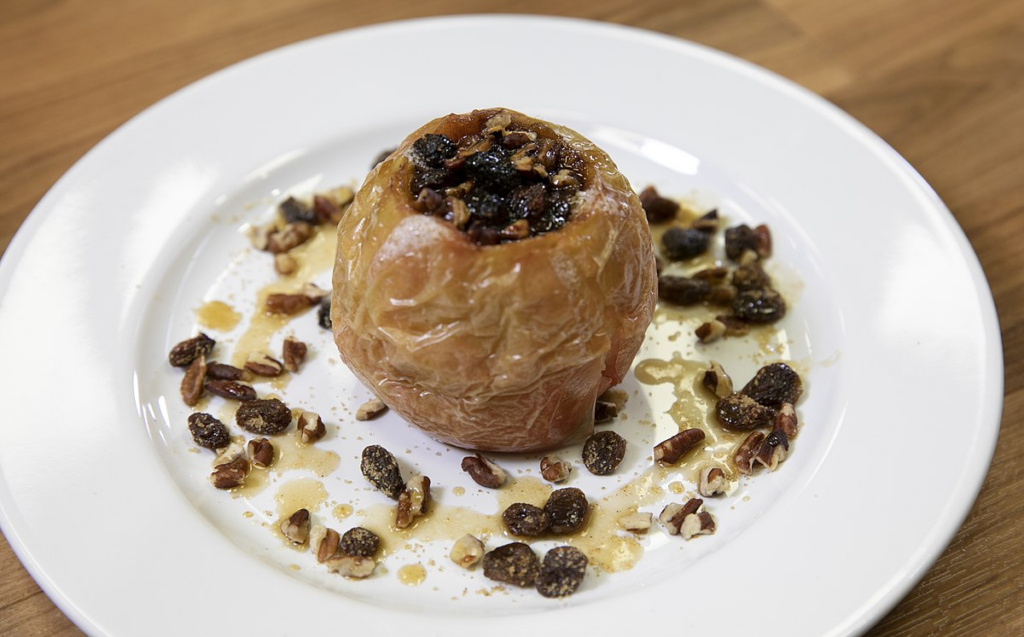
Minimal effort delivered maximum comfort through this simple dessert that required only cored apples filled with brown sugar and topped with margarine, then baked until tender. Diet cookbooks and homemaker magazines featured these treats as quick solutions for sweet cravings.
As microwaves entered American kitchens, this recipe adapted perfectly to new technology, becoming even quicker to prepare. Warm, fragrant results satisfied dessert desires using ingredients most kitchens kept on hand, proving that simple doesn’t mean boring.
10. Quick Corn Fritters with Syrup Drizzle

Golden pockets of sunshine brought comfort to countless American tables through versatile fritters that swung sweet or savory depending on toppings. A simple batter of canned corn, flour, egg, baking powder, and milk dropped by spoonfuls into hot oil created crowd-pleasers.
Popularized in diners and home kitchens during the 1950s and 60s, these fritters gained traction as quick side dishes or light meals. Regional variations might include jalapeños or bell peppers, yet all versions delivered comfort through crispy exteriors and tender, corn-studded centers.
9. Hot Dog Roll-Ups with Cheese

Post-war kitchens elevated basic ingredients into meals that stretched both budgets and smiles with remarkable efficiency. White bread slices got flattened with rolling pins, wrapped around hot dog halves, secured with toothpicks, brushed with melted butter, then baked until golden, with American cheese melted on top during the final minutes.
Ready in under twenty minutes, these roll-ups appeared in budget cookbooks and supermarket flyers as solutions for feeding hungry families quickly. Often served alongside tomato soup, they represent a time when convenience and economy drove American cooking without sacrificing kid-approved appeal.
8. Canned Asparagus with Cheese Sauce

Mid-century convenience culture elevated pantry staples through simple sauces that turned ordinary ingredients into something special. Drained canned asparagus spears topped with cheese sauce made from processed cheese, milk, and butter created vegetable offerings that felt deliberately chosen.
Ready in minutes, this side dish appeared at Sunday suppers and weeknight meals alike, adding vegetable servings to family meals with minimal effort. It represents eras when convenience often trumped freshness, yet cooks still sought ways to elevate basic ingredients.
7. Pimento Cheese on Toast Points

Southern comfort transcended regional boundaries to become a national treasure through this deceptively simple spread. Sharp cheddar cheese mixed with mayonnaise and diced pimentos created combinations that felt both humble and sophisticated when served on triangular toast points.
Every Southern community cookbook featured slightly different variations—some adding cream cheese for smoothness, others incorporating Worcestershire sauce for depth. Broiled until bubbly and golden, these toast points appeared at weddings and funerals alike, offering familiar comfort in bite-sized form.
6. Jellied Tomato Juice Cocktail

Before smoothie bowls dominated brunch menus, this ruby-red creation served as the Instagram-worthy starter of its day. The 1950s appetizer combined tomato juice, unflavored gelatin, lemon juice, Worcestershire sauce, and celery salt into a wobbling concoction that promised sophistication.
Chilled in cocktail glasses and garnished with celery stalks, these savory jellies graced women’s magazine spreads as the pinnacle of modern entertaining. The tangy, spiced tomato flavor against distinctive gelatin texture represented mid-century America’s fascination with food that felt both familiar and futuristic.
5. Peanut Butter and Bacon Toast

Wartime cookbooks from the 1940s featured this protein-packed combination as a practical way to merge available ingredients into something satisfying. Crispy bacon strips laid across warm toast slathered with creamy peanut butter created unexpected harmony.
Magic happens in the interplay—smoky, salty bacon against sweet, nutty spread, all anchored by crunchy toast. Some variations added banana slices or cinnamon, yet the basic pairing stands as testament to culinary alchemy that emerges when necessity pushes unlikely flavors together.
4. Tomato Soup with Crushed Saltines and a Butter Swirl

Campbell’s tomato soup transformed into a comfort ritual when made with milk instead of water, topped with crushed saltine crackers, and finished with slowly melting butter that created golden swirls across the surface.
Crackers softened slightly while maintaining enough texture to add substance. Butter enriched and smoothed tangy tomato flavor into something that sustained generations through rainy days and childhood illnesses. Less recipe than ritual, this combination continues providing solace through pure simplicity.
3. Cream Cheese and Olive Sandwiches

Cocktail parties of mid-century America sparkled with these elegant finger foods, appearing on silver trays between cigarette holders and highball glasses. Homemaking magazines from the 1940s through 1970s championed these sophisticated bites as essential for bridge clubs and church socials.
Smooth cream cheese spread on crustless white bread gets studded with chopped green olives and a whisper of mayonnaise. The briny punch cuts through creamy richness, creating perfect two-bite wonders that somehow managed to be both refined and approachable—like finding the perfect vintage dress at a thrift store.
2. Salmon Patties with Cornmeal Crust

Golden discs represent pure alchemy achieved with pantry staples alone. Canned salmon mixed with egg, finely chopped onion, seasoning, and bound with cornmeal creates satisfying cakes that fry up crisp outside and tender within.
Church cookbooks from the 1960s through 1980s featured countless variations, yet cornmeal crust remained constant—providing texture and subtle sweetness that complemented salmon perfectly. Perfect for meat-free Fridays, these patties offered protein and flavor when fresh fish wasn’t available.
1. Canned Spinach with Vinegar and Sugar

Wartime and beyond demanded creative approaches to shelf-stable vegetables, leading to this simple preparation that brightened ordinary canned spinach with vinegar splashes and sugar sprinkles. Sweet-sour profiles made vegetables more palatable during lean times.
Heated quickly on stovetops, this dish provided accessible nutrition when fresh produce was scarce or expensive. Though palates have largely moved beyond canned vegetables, this preparation represents important chapters in American food history when making-do meant finding flavor in unlikely places.




